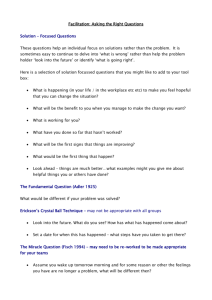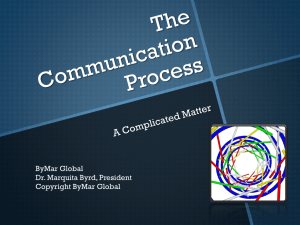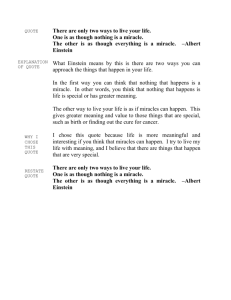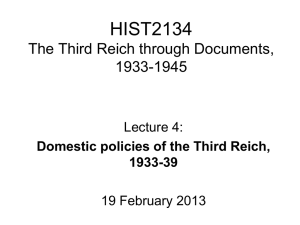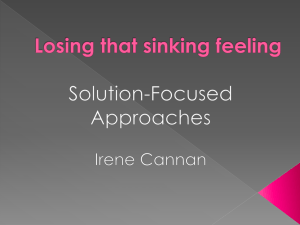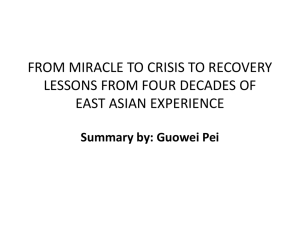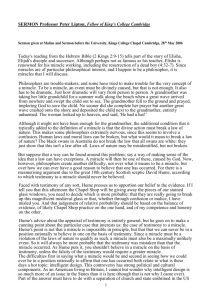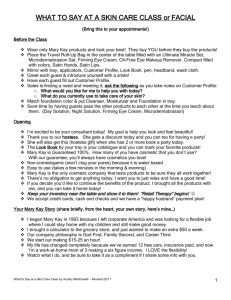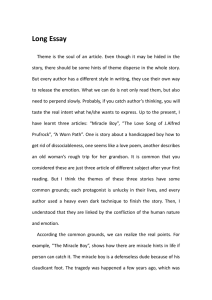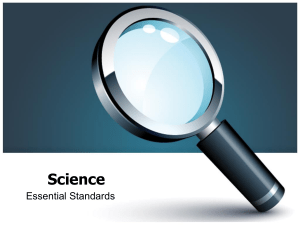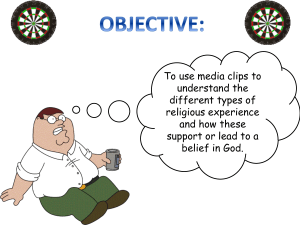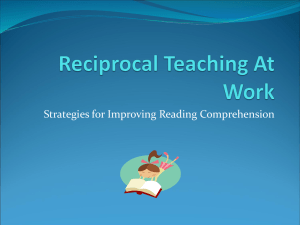PROBLEM MANAGEMENT & SOLUTION FOCUSED THERAPY
advertisement
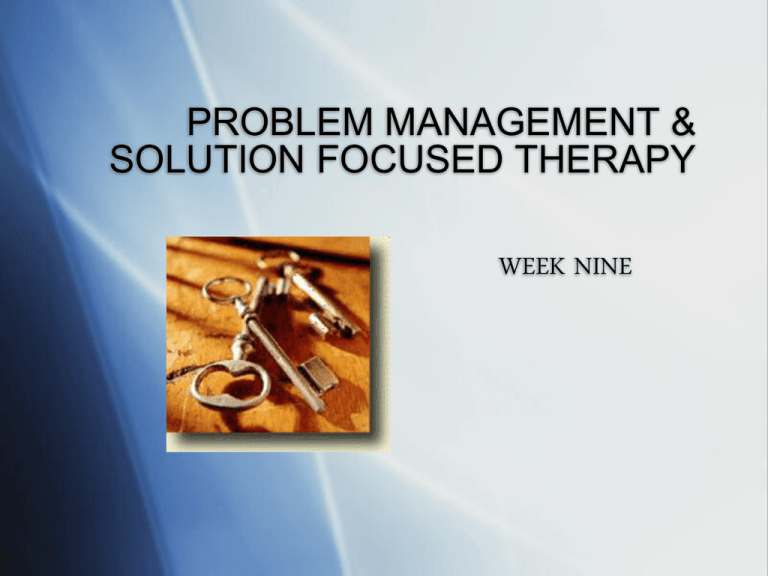
PROBLEM MANAGEMENT & SOLUTION FOCUSED THERAPY WEEK NINE PROBLEM SOLVING BASICS Not always necessary! Don’t rush Check Perceptions Let them choose, Ask open-ended questions Focus on the present and be concrete through feelings and actions SUMMARIZE what you’ve heard A 6-Step Method For Problem Management 3. Brainstorm Options 4. Evaluate Options 2. Clarify the Goal 5. Choose & Make a Plan 1. Identify the Problem 6. Follow Up STEP 1: IDENTIFY THE PROBLEM Correct perceptions? Facts and Feelings? More than one issue? STEP 2: CLARIFYING THE GOAL THE MIRACLE QUESTION EXCEPTION FINDING QUESTION SCALING QUESTIONS STEP 2: CLARIFYING THE GOAL THE MIRACLE QUESTION “Imagine you go to sleep and in the night a miracle happens and the problem we’ve been talking about is solved. But since you’re asleep you don’t know this yet. What will be different tomorrow that will let you know the miracle has happened?” Or: “Ideally, how would things turn out?” Don’t accept the absence of the problem, but the presence of a new behavior! STEP 2: CLARIFYING THE GOAL EXCEPTION FINDING QUESTION Are there times when this problem doesn’t occur (or is less severe)? Are there times when things work well? Follow up with How do you get that to happen? How does it make your day go differently when _____? See page 61-62 in your EARS handbook! STEP 2: CLARIFYING THE GOAL SCALING QUESTIONS “On a scale of 1 to 10, where 10 is all the of these problems are solved (the miracle) and one is the worst you’ve ever been, where are you today?” If IG answers miracle question: “I would have won the lottery” you can use this as “10” and scale from there. That way realistic problem solving can still occur. STEP 3: BRAINSTORM ALTERNATIVES Exception finding question is a good transition to this step. When has this happened before? What did you do then? What have you thought of doing? What else? NOT: “Have you thought of ____?” STEP 4: EXAMINE & EVALUATE ALTERNATIVES What are the advantages and disadvantages of each possible solution? What will help or hinder you? How? What’s the worst that could happen if… STEP 5: CHOOSE & MAKE A PLAN Choosing After evaluating alternatives, the IG might be ready to choose one Which do you think you can and will do? If you can’t decide, what’s stopping you? STEP 5: CHOOSE AND MAKE A PLAN Making a Plan Allow IG to plan a course of action to reach goal. What specifically will you do next? CAT PLANNING How will you do it? When? STEP 6: REACT & EVALUATE You may ask: How will you know you have succeeded? What will you do if _____ happens? (if you don’t succeed) What supports do you have available? IF YOU DISAGREE WITH THE SOLUTION It’s their solution and problem, but if they make a decision that you really feel is not good or productive you can: Fnd out their goals and ask them “how does that relate to your goal?” Explore the consequences of their decisions

